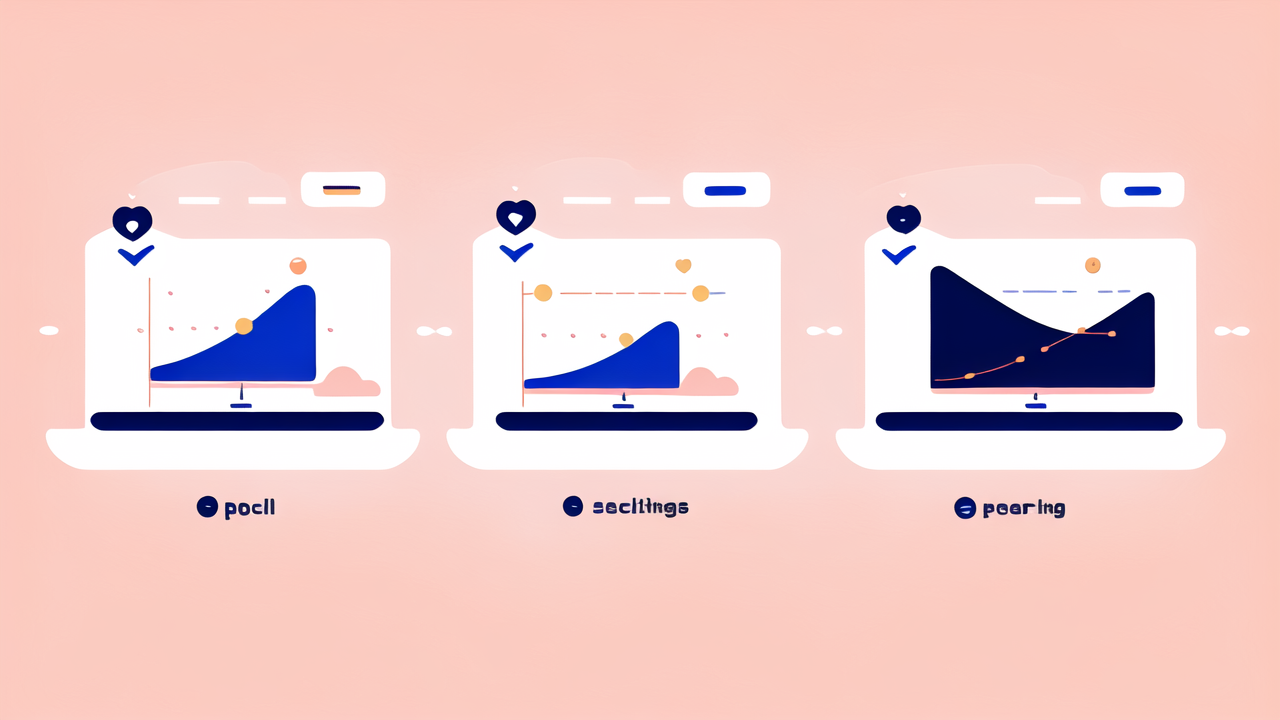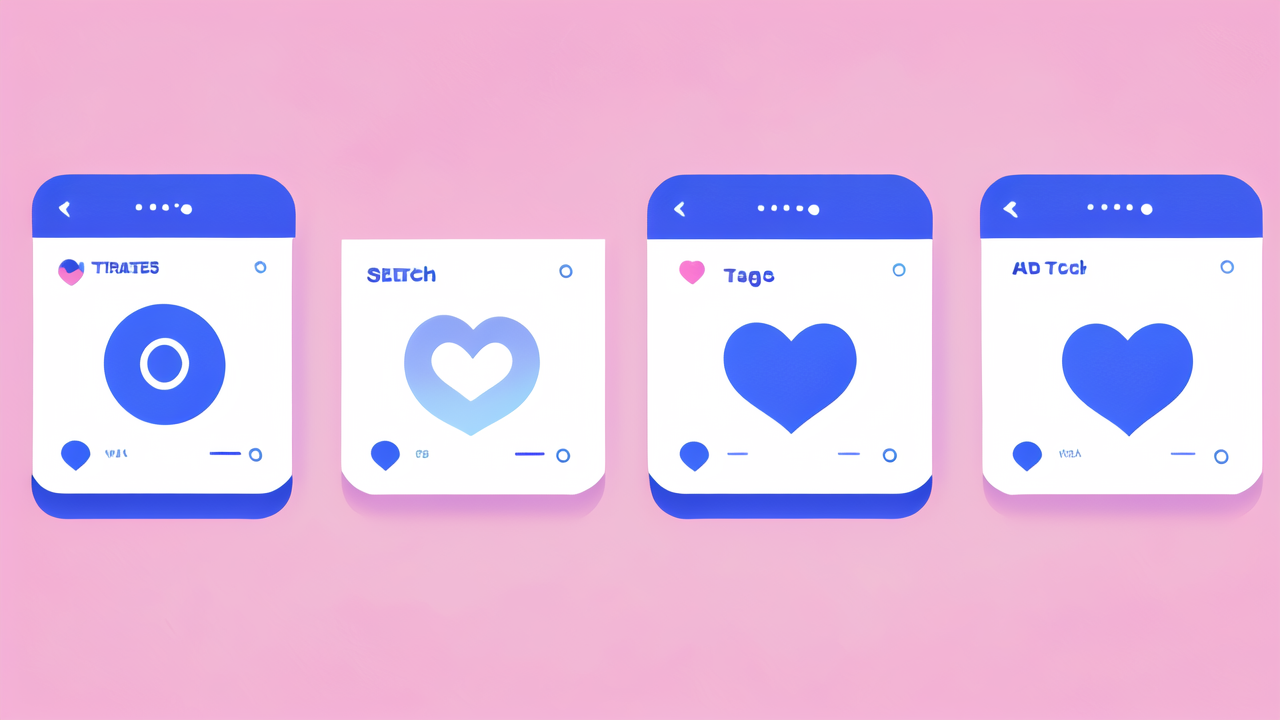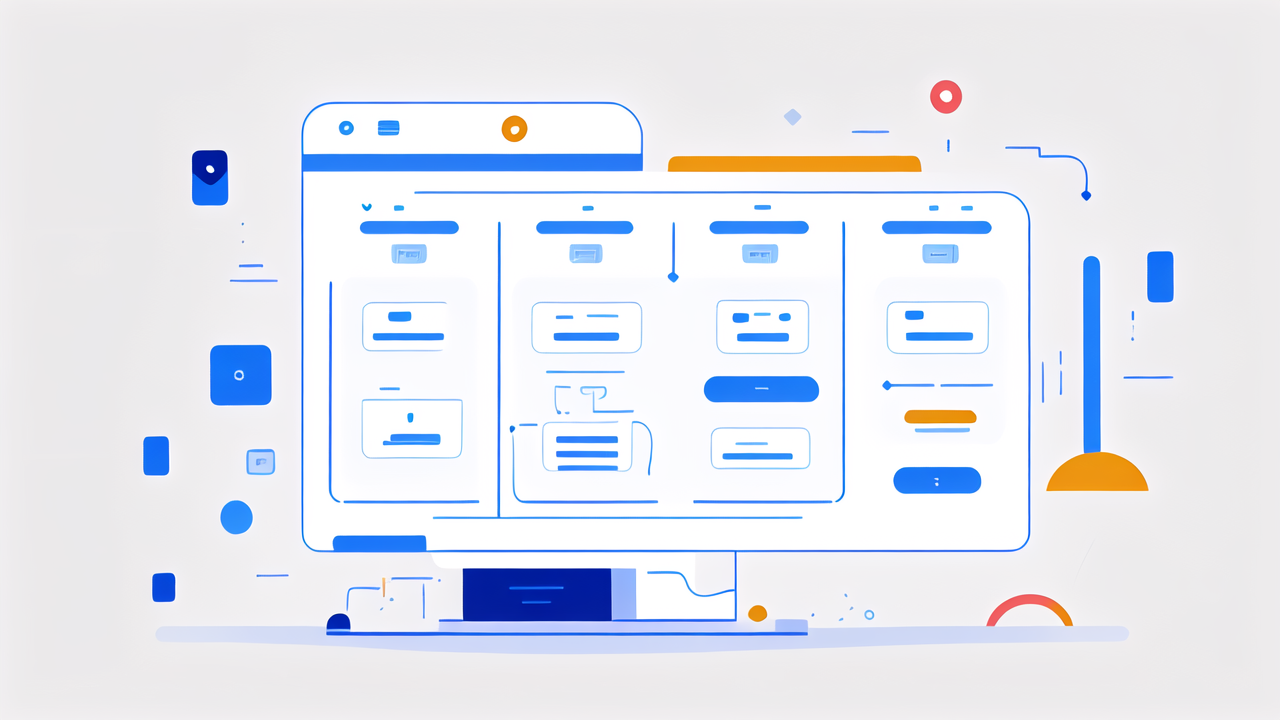Introduction to Activity Tracking
The Evolution of Activity Tracking Devices
Activity trackers have come a long way since their inception. Early models were simple pedometers. They counted steps and not much else. Today's devices are far more advanced. They offer a range of features that go beyond basic step counting.

Modern trackers use complex sensors and algorithms. These tools provide detailed insights into our daily activities. They can monitor heart rate, sleep patterns, and even stress levels. The evolution has been rapid and impressive.
Many trackers now have GPS capabilities. This allows for accurate tracking of distance and pace during outdoor activities. Some even offer guided workouts and coaching features. The goal is to provide a comprehensive view of one's health and fitness.
Key Benefits of Wearing an Activity Tracker
Wearing an activity tracker offers numerous benefits. First, it increases awareness of daily activity levels. This can motivate users to move more and sit less. Many people find that simply wearing a tracker encourages them to be more active.
Trackers also provide valuable data for goal setting and progress tracking. Users can set specific fitness goals and monitor their progress over time. This can be very motivating and help maintain long-term healthy habits.
Another benefit is the ability to track sleep patterns. Good sleep is crucial for overall health. Activity trackers can provide insights into sleep quality and duration. This information can help users improve their sleep habits.
Many trackers also offer social features. Users can connect with friends, join challenges, and share achievements. This social aspect can add fun and motivation to fitness routines.
The Role of Activity Trackers in Health and Wellness
Monitoring Heart Rate and Blood Oxygen Levels
Modern activity trackers can monitor heart rate continuously. This feature provides valuable insights into cardiovascular health. Users can track their resting heart rate and see how it changes over time. A lower resting heart rate often indicates better fitness.

During exercise, heart rate monitoring helps users stay in their target zones. This ensures they're working out at the right intensity. Some trackers also alert users if their heart rate is abnormally high or low.
Many advanced trackers now include blood oxygen monitoring. This feature measures the oxygen saturation in the blood. It can be useful for detecting sleep apnea and other respiratory issues. However, it's important to note that these devices are not medical-grade.
Regular monitoring of these vital signs can help users spot trends or abnormalities. This information can be shared with healthcare providers for more informed discussions about health.
The Importance of Accurate Sleep Tracking
Sleep is a crucial component of overall health and wellness. Many activity trackers now offer detailed sleep tracking features. These go beyond simply recording sleep duration. They can analyze sleep stages and quality.
Most sleep tracking features use a combination of movement and heart rate data. This helps determine when users fall asleep, wake up, and transition between sleep stages. Some trackers can even detect snoring or restlessness during the night.
Accurate sleep tracking can help users understand their sleep patterns. This knowledge can lead to better sleep habits. For example, users might notice they sleep better when they go to bed at a consistent time. Or they might see how late-night screen time affects their sleep quality.
Many trackers also offer sleep improvement tips based on the data collected. This personalized advice can be very helpful for those looking to improve their sleep habits.
Integration with Health Apps and Platforms
One of the most powerful features of modern activity trackers is their ability to integrate with other health apps and platforms. This integration allows for a more comprehensive view of one's health and fitness.
Many trackers can sync data with popular fitness apps. This allows users to combine activity data with nutrition tracking, for example. Some can even connect with smart scales to track weight and body composition changes over time.
Some trackers integrate with broader health platforms. These might include features for tracking menstrual cycles, logging medications, or monitoring chronic conditions. This integration creates a more holistic picture of health.
Many healthcare providers now accept data from activity trackers. This can provide valuable insights between appointments. It allows for more informed discussions about lifestyle and health choices.
Future Trends in Activity Tracking Technology
AI and Machine Learning Innovations
Artificial Intelligence (AI) and Machine Learning (ML) are set to revolutionize activity tracking. These technologies can analyze vast amounts of data to provide more personalized insights and recommendations.

AI could help trackers learn a user's habits and preferences over time. This could lead to more accurate predictions and tailored advice. For example, an AI-powered tracker might suggest the best times for workouts based on a user's schedule and energy levels.
Machine learning algorithms could improve the accuracy of activity recognition. This means trackers could automatically detect and categorize different types of activities. They might distinguish between swimming strokes or recognize specific gym exercises.
In the future, AI might even predict potential health issues based on subtle changes in data patterns. This could lead to early interventions and better health outcomes.
Sensor Advancements and Data Accuracy
The accuracy of activity trackers continues to improve with advancements in sensor technology. Future devices may include more sophisticated sensors for even more detailed health monitoring.
Some companies are working on non-invasive glucose monitoring. This could be a game-changer for people with diabetes. Other potential advancements include sensors for hydration levels, stress hormones, or even early disease markers.
Improved GPS accuracy could provide more precise distance and pace measurements for outdoor activities. Better heart rate sensors might offer EKG-level data for more detailed heart health monitoring.
As sensors become more accurate and diverse, activity trackers will be able to provide an even more comprehensive picture of health and fitness.
The Impact of Wearable Technology on Consumer Lifestyle
As activity trackers become more advanced, they're likely to have an even greater impact on consumer lifestyles. These devices are becoming central to how many people manage their health and wellness.
In the future, activity trackers might become even more integrated into daily life. They could connect with smart home devices to adjust lighting or temperature based on sleep patterns. They might interact with calendars to suggest optimal times for exercise or relaxation.
The data from these devices could also play a larger role in healthcare. Insurance companies might offer incentives for maintaining healthy habits as tracked by these devices. Healthcare providers could use the data for more personalized treatment plans.
As technology advances, privacy and data security will become even more important. Consumers will need to balance the benefits of detailed health tracking with concerns about data privacy.




Leave a comment
This site is protected by hCaptcha and the hCaptcha Privacy Policy and Terms of Service apply.